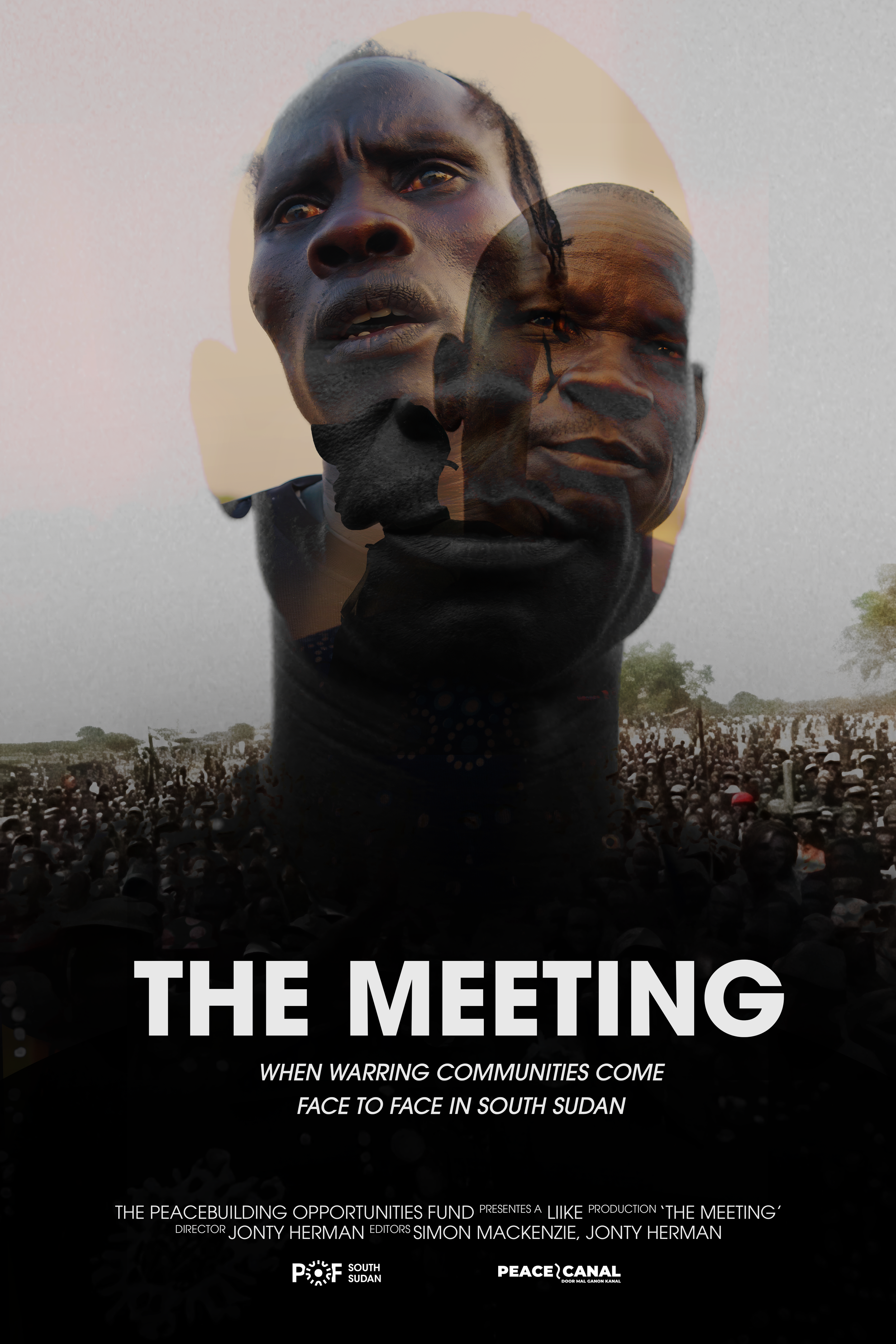‘The Meeting’
Zaari Ibon, a Murle armed youth leader, took to the floor beneath the great tamarind tree in the heat of the late afternoon sun. Encircled by representatives of the communities he had been fighting since boyhood, he said:
“Today I want to tell you that I am no longer a cattle raider… I will not continue to raid people’s cattle or to abduct children.”
Around him sat Paramount Chiefs, County Commissioners, armed youth leaders, and women’s group representatives—perched silently on the edge of bright blue plastic chairs pressed into the dusty earth.
“I was in the village not knowing the good and bad. But when I came here and listened to the peace messages I am happy to be a peace ambassador.”
The Meeting
We were in Pibor, South Sudan, for the 6th meeting of the Intercommunal Governance Structures (ICGS)—a (rain permitting) quarterly gathering of representatives from the Murle, Dinka Bor, Lou Nuer, and Gawaar Nuer. These groups have been interlocked in a deadly dance of raiding and revenge for generations, within a “conflict system” seen as one of the country’s most dangerous fracture points.
The roots of this process trace back to a unique meeting of community representatives in Pieri in 2021—hosted by spiritual leader Dak Kueth and facilitated by the Peacebuilding Opportunities Fund. It was the first time in living memory that leaders from the communities had sat down together, and it has come to be recognised as a major breakthrough in this intertribal conflict. Since then, there has been a notable reduction in mass “mobilisations”—large, coordinated attacks by one armed youth group against another—across the region.
The ICGS has since become the forum through which community leaders work to turn that breakthrough into tangible action: reopening roads, returning abductees, restoring livelihoods, and coordinating local security efforts.
The Meeting in Pieri was no silver bullet, but few doubt its significance in steering this generations-long conflict towards a new path. Born out of months of listening to and building trust with their leaders, it was the first time in recent history that these groups had met face to face - human to human.
Across these dialogues, we have heard countless testimonies of hearts turning toward those on the other side of the tribal line. Three pillars have emerged as the foundation of this tender movement toward peace: human connection, partnership, and accountability.
Partnership
Partnership with the authorities has been vital in building confidence that any hard-won peace can be secured.
Zaari Ibon continued his testimony:
“I’m now confident that peace will go down to the community, now the government is involved, holding us to account.”
His words followed a visit from the then Chief Administrator, Peter Guzulu, who had announced his commitment to return any abducted children found in his area and to bring cattle raiders to justice.
Relationships
Since the signing of the Pieri Peace Agreement, violence hasn’t ended, but the nature of the conflict is changing. Communities are choosing dialogue, even when it’s difficult.
In a disappointing turn of events, just days after the 6th ICGS meeting, spiritual leader Dak Kueth–who had once presided over the Pieri Peace Agreement–blessed a Lou Nuer mobilisation to attack a Murle community. Yet, thanks to relationships forged through the ICGS process, members of the Lou Nuer community were able to warn their Murle counterparts of the impending raid. Working together with community leaders and peace partners, they were able to coordinate the safe relocation of thousands of people and cattle, before the armed youth could reach them.
The Film
We made a film about the Pieri Peace Process and the ongoing ICGS dialogues because we want to show what becomes possible when conflicting groups meet face to face.
Sweat poured down my back as my aching arms propped up the camera, trying not to shake at the end of another long day under the equatorial sun. Zaari Ibon—the strong, stern young leader—stood rigidly before us.
“This peace is real,” whispered our Murle interpreter into my ear.
It felt real.
As we release The Meeting today, I hope that you will feel it too – that the hope for peace in South Sudan is real.
I hope that this film will continue to play a part in strengthening those pillars of connection, partnership, and accountability, as community leaders, government representatives, and peace partners continue to commit to meeting face to face, despite the challenges.
I hope that you will meet the humans behind the conflict face to face, and look beyond the guns to see an army of peace ambassadors ready to rise.
Watch The Meeting here today.

